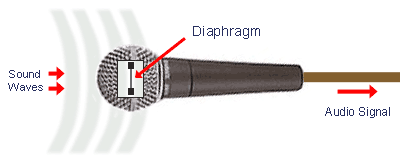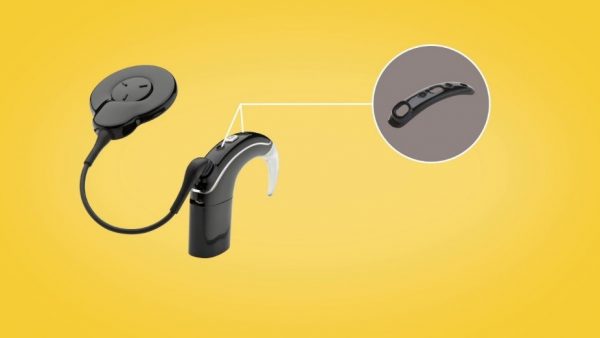Let’s say you’ve had your sound processor(s) for six months. Over time, you begin to notice that sound quality has changed. What was once crisp is now muddy. What you used to hear effortlessly now takes more work.
All microphones have a thin piece of material which vibrates when struck by sound waves. When the diaphragm vibrates, it causes other components in the microphone to vibrate. These vibrations are converted into an electrical current which becomes the audio signal. When access to the diaphragm gets “gummed up” by dirt and moisture, sound waves are impeded. That is why Cochlear recommends replacing your microphone cover of your Cochlear™ Nucleus® Sound Processor often.
Consider this simple microphone illustration: Imagine if the microphone had six months of nightclub air, kitchen smoke and singer’s saliva on it. The layer of dirt affects the acoustics of the singer’s voice, in the same way dirt impacts sound reaching the sound processor.

Designed to keep it clean
The Microphone Covers for the Nucleus Sound Processors are designed to keep dirt and moisture off sound processor microphones and should be replaced every three months or more often if they look dirty or you experience a loss in sound quality. In humid or dusty environments, it’s a good idea to change them more often. Microphone covers should always be used on your sound processor.
In the Cochlear™ Nucleus® 7 Sound Processor, microphone protectors are built into the microphone cover to make them easier to replace.
Learn how to replace your Nucleus 7 microphone covers.
